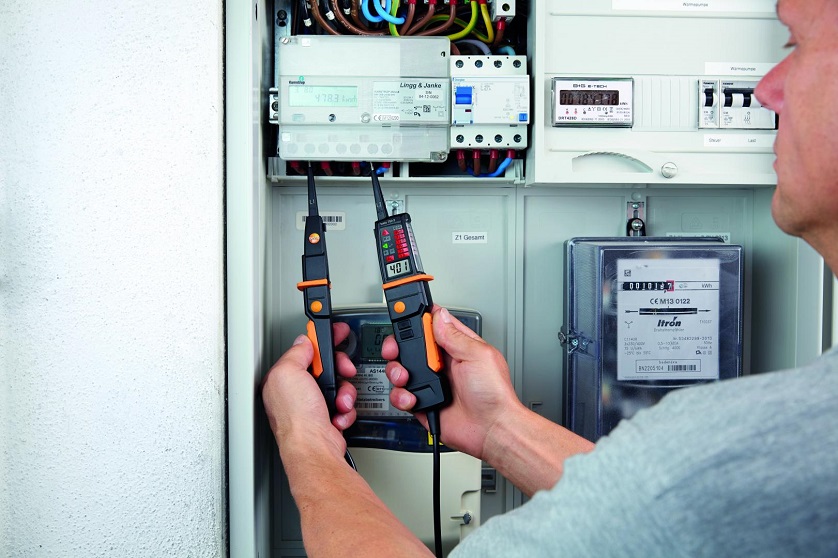The voltage testing equipment is specially designed to check the availability of a current passing through a circuit. It is the most effective and affordable way to check the presence of live voltage in switches, AC circuits, and outlets before working on them.
Available in different types, the simplest model of voltage testing equipment is the neon 2 wire voltage tester. With capabilities to measure from 0 to 500 volts, it is the less-expensive model of voltage testers. When it comes to easy-to-use, the digital multimeter is your way to go. All you need to obtain an instantaneous reading is to connect it to a circuit. A digital multimeter can be also used to read resistance and amperage of an electrical circuit. To measure voltage in receptacles and ensure they are wired correctly, the plug tester is your best option.

By enabling you to know whether or not a circuit is live before you touch it, voltage testing equipment also offers you safety. However, to get safe and reliable readings, it is important that you purchase the right voltage testing equipment and use it according to its specifications. Here are some considerations to bear in mind.
Make sure the equipment is working properly
For your safety, when dealing with an unknown circuit, it is essential that you use a voltage detector both before and after you test it. Make sure the equipment gives you the proper response. In the case of doubt whether the circuit is truly live or dead, apply an extra method to verify the reliability of the test results.
Verify that the equipment is suitable for the measurement environment
Make sure that the voltage detector you are using is designed for the measurement environment you are working in and within the voltage range that needs to be tested. Take note that industrial environments are generally CAT III or CAT IV and not all voltage testing equipment is safety rated for these applications. Moreover, some devices may be able to read small levels of voltage while others may not be. In other words, not all devices will perform the same.
Know the limitations of your voltage detector
Reliable operation depends on the capacitance between your equipment barrel and ground (often through your hand and body). If for any reason this path is broken, the device probably won’t work. For example, standing on a wooden ladder will reduce the capacitance between the ground and your body. So, to avoid incorrect readings, look for an installation ground that you can touch (a concrete floor) when using the equipment. You should know that these detectors cannot detect live conductors inside grounded metal conduit. For best results, hold the device with your palms and make sure to keep your fingers away.











